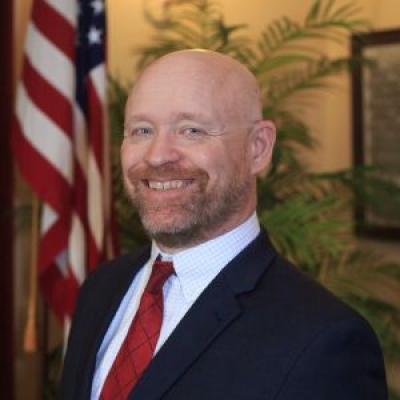Separate, underfunded, wrongly-maligned
John A. Dues, managing director of the School Performance Institute and chief learning officer for United Schools Network in Columbus, provides an invaluable insider’s view of charter school operation in Ohio in this recent blog post. It is an important reminder that charters have been generally defined in comparison to traditional district school norms; funded with pass-through dollars which districts wrongly claim as their own; and are often branded solely in terms of the worst actors in the sector, a characterization unthinkable among traditional district schools. This picture must change.
Competition
Here is a strong case in point from Pennsylvania. A Pittsburgh Post-Gazette editorial this week lauded Duquesne City Schools for their aggressive efforts to recruit students away from the charter schools they are attending. All of the usual pro-district tropes appear: charters are “privately run but publicly funded”, charter funding is state-provided “tuition”, parental choice is termed “charter-bleed”, and “returning” students “bring back” funding to the district. The district’s fiscal and academic woes are alluded to but minimized and dismissed in favor of the district’s “unique assets”. What’s the name of this valorous “campaign”? Bring Your Kids Home.
The view from the living room
However, a new poll from Job Creators Network/ScottRasmussen.com, released this week, found that 78 percent of Americans support public school choice. Quite a number. “Americans want a better education system and they want more freedom when it comes to choosing which path their child will take,” said the president of Job Creators Network Foundation. “Given these results, school choice should be a unifying issue for elected officials to focus on – plus it would have a positive impact for America’s children.”
The view from the debate stage
The Democratic presidential debates in Detroit this week would have been a great forum for discussing the positive impact of school choice, wrote Detroit News columnist Kristiana Bolzman on Tuesday. “Charters have offered largely positive experiences for students and parents alike,” she said, providing some great test score data. But, writing before the first of those debates had taken place, she also laid out the case why none of the candidates would likely take up the cause of charters from the stage. All that she was hoping for was silence on the matter. Arguing to get rid of charter schools would “likely be a hard sell in Detroit,” no matter who was making the argument.
Collaboration?
In Indianapolis, the district and certain charter schools operate collaboratively in an “innovation network”, a sort of portfolio governance model. It seems clear that traditional district practices guide operations, with yellow bus transportation—run centrally by the district but transporting network charter school students—being a clear exemplar. Those charter schools outside the network are, apparently, on their own. The most enterprising of these outsiders have joined forces with the city bus system to assist them with transporting students at a time when leaders in Indy are working to increase transportation services city wide. Seems like a great partnership. So great, in fact, that the district is belatedly joining the charters at the transportation table.
Is full separation the answer?
Some of the details are unclear in this piece, but it seems that traditional district and charter school leaders on the island of Guam would prefer two wholly separate governance, accountability, and funding systems, rather than the current oversight of charters from within the Guam Department of Education. If both are in agreement, why hasn’t the break happened already? Certain legislators seem to be holding up the move. Motives unknown.





